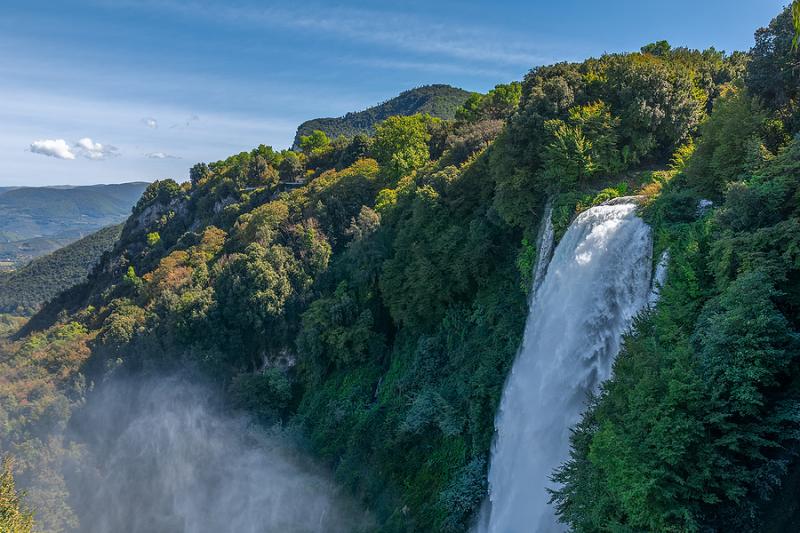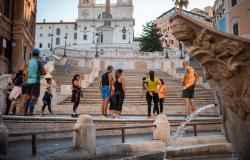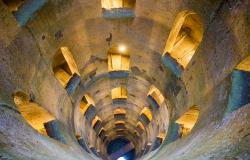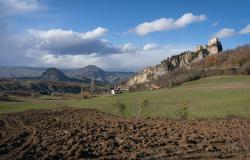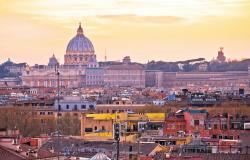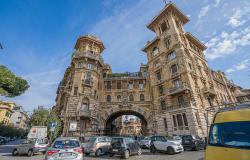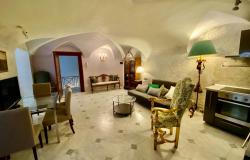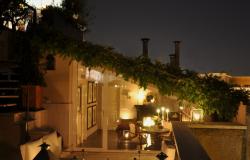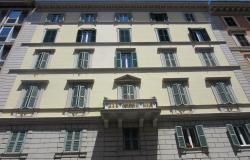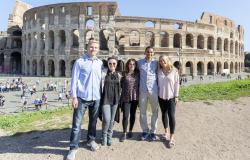There are places in Italy that resemble or remind of world-famous locations around the world. Let’s look at four of them.
The Marmore Waterfalls, Umbria
They look so mighty that, when you look at them, you cannot help but think of North America’s spectacular Niagara Falls. But no, you’re just in Umbria, admiring the Cascata delle Marmore, Europe’s highest man-made waterfall. And its vertical drop is even higher, with three leaps reaching a total height of 165 meters!
Located within the Nera River Park, in Umbria’s Valnerina, the Marmore Waterfall was created at the beginning of the 3rd century BC, when the Roman consul Curio Dentato ordered that the water of the Velino river be diverted into the underlying Nera river, through a canal called Cava Curiana, in order to eliminate the swamps which made the nearby plains unhealthy.
Between the 15th and 18th centuries, chief architects of the time, including Antonio Sangallo, worked on the waterfall to build new canals allowing for a better water flow, giving the falls the appearance they have today.
Since the mid-19th century, the water from the falls has been used to produce hydroelectric power to fuel the industrialization of the area. For this reason, the full flow of water is only released at certain times of the day.
For maximum impact, try to arrive at one of the viewpoints a few minutes before the release, announced by a siren (tip: bring a rain jacket as you will get wet).
https://www.italymagazine.com/news/man-made-wonder-marmore-waterfall
Rocchetta Mattei, Emilia-Romagna
With its mix of Arab, Norman and Gothic architectural styles, its golden, onion-shaped domes, its minarets, its square and cylindrical towers and turrets, the Rocchetta Mattei will make you wonder if you’ve just ended up in the Middle East or Russia rather than in Italy. Or perhaps in Spain, when you visit the Chapel, a reproduction of the interior of Cordoba’s Mezquita (Mosque–Cathedral of Córdoba in Spain), and the The Lions’ Courtyard, built to resemble the courtyard of the Alhambra in Spain’s Granada, both a nod to Moorish architecture.

Rocchetta Mattei was built by count Cesare Mattei, an intellectual, self-taught doctor, and the founder of electro-homeopathy, the most practiced type of alternative medicine from 1870 to 1930. Many patients hoping to treat their illnesses visited him at the Rocchetta, which is located in the Bologna Apennines in Emilia-Romagna, on top of a hill above the village of Riola di Vergato.
The story of the Rocchetta Mattei is strictly intertwined with the story of Cesare Mattei, who picked the location because of its isolation and proximity to nature (and also because the area is rich in iron which supposedly works well with the electro-magnetic field).
Construction of the Rocchetta began in 1850 on the ruins of a pre-existing fortress controlled by the powerful feudal ruler Matilde di Canossa. Nine years later, Mattei moved into the building where he lived until his death, leading the life of a medieval lord, even surrounded by his own court.
My favorite room is the ‘Room of the 90’ (Sala dei Novanta), a large space that was to host Mattei’s 90th birthday party, where the attendees were to be 90 people 90 years old. Mattei died before he reached that age, but his legacy definitely lives on in the Rocchetta.
Advance reservation is mandatory on the Rocchetta Mattei’s website.
Forte di Fenestrelle, Piedmont
The Fenestrelle Fort is the largest, most impressive alpine fortification in Europe, second in the world only to China’s Great Wall; and that is what it may remind you of, so much so that the Fenestrelle walled fortifications are often referred to as the 'Piedmontese Great Wall’ or the ‘Italian Great Wall’.
Located near Turin, in Piedmont’s Val Chisone, near the border with France, a territory long disputed between the French and the Royal House of Savoy, the defensive site develops for five kilometers connecting four fortified works: Forte Carlo Alberto, Forte San Carlo, Forte Tre Denti and Forte Valli.
It is precisely for defensive reasons that the French began to build the first fortresses which were later incorporated into the imposing complex. In reality, these fortresses never had to endure violent sieges in the course of their history. They ended up being used mostly as state and military prisons.

The complex was commissioned by the Duke of Savoy Victor Amadeus II, and it took 122 years to be completed, from 1728 to 1850.
Guided tours of the area are offered, with the opportunity to walk along the ancient walls and learn about the history of this impressive, unique place; tours include access to the palaces and to the basement areas of the fortified structure, not to mention the chance to admire breathtaking views over the mountains from different viewpoints located along the visit route.
Pyramid of Cestius, Rome
For a taste of Egypt, look no further than Rome. Egyptian architectural style became very popular in Rome after the Roman conquest of Egypt in 30 BC. The Pyramid of Cestius is an ancient pyramid, inspired by Egypt’s famous pyramids, built between 18 and 12 BC as a tomb for Gaius Cestius, a magistrate and member of one of the four great religious corporations in Rome.
It is located near the Porta San Paolo, one of the southern gates in the 3rd-century Aurelian Walls, in the Ostiense neighborhood. It is the only surviving example of a Roman pyramid.

Due to its incorporation into the city's fortifications in the third century AD, it is one of the best-preserved ancient buildings in Rome, and likely the reason why it survived.
The pyramid is made of brick-faced concrete covered with slabs of white marble standing on a travertine foundation. It measures 100 Roman feet, or 29.6 m at the base and 125 Roman feet, or 37 m in height. Because of the higher level of the modern road on which it stands, it looks smaller than how it may have appeared to an observer before the construction of the road.
Inside is the burial chamber, which, when opened in 1660, was found to be decorated with frescoes, scarcely visible today.
The pyramid was a must-see for many who undertook the Grand Tour in the 18th and 19th centuries.
The Pyramid of Cestius can only be visited with a guided tour by advance reservation. Check the Coop Culture website for information. https://www.coopculture.it/en/heritage.cfm?id=59
